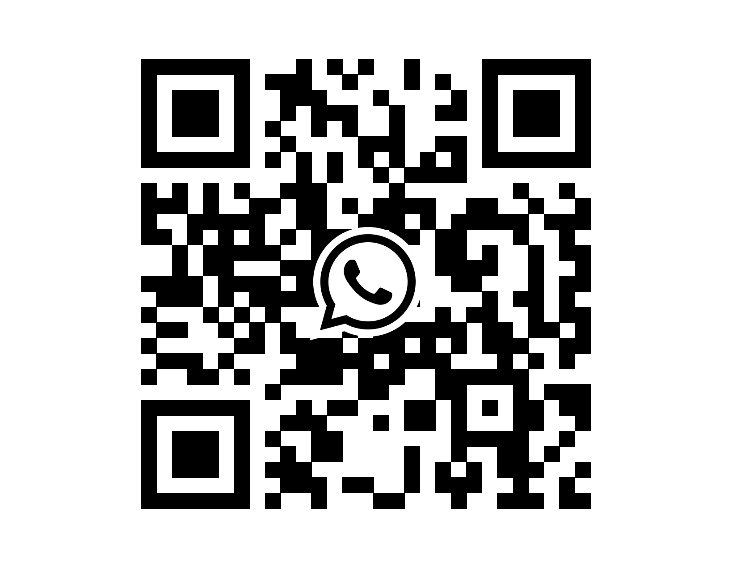technology for touchscreen
Resistive touch screen technology is recommended for use in POS (Point of Sale): Grocery Stores, Hotels, Restaurants and Retail Stores; Industrial Applications: MMI (Man Machine Interface), Machine and Process Control; Portable Devices; Personal Information Management Systems; Transportation Solutions; Medical Solutions: Equipment, Instrumentation and Patient Monitoring Systems. It generally uses a display overlay composed of layers, each with a conductive coating on the interior surface. Special separator "dots" are distributed evenly across the active area and separate the conductive interior layers. The pressure from using either a mechanical stylus or finger produces an internal electrical contact at the "action point" which supplies the controller with vertical and horizontal analog voltages for data input.
SAW touch screen technology is suggested for use in ATMs, Amusement Parks, Banking and Financial Applications, Gaming Environments, Industrial Control Rooms, and KIOSK. SAW touch cannot be used within NEMA environments, as the technology cannot be gasket sealed. It has excellent durability that allows it to continue working if scratched since the overlay for the touch sensor is a solid glass display. The disadvantage to this glass overlay is that is breakable and won't work in wash down conditions. The waves are spread across the screen by bouncing off reflector arrays along the edges of the overlay. The waves are detected by two "receivers". The acoustic wave weakens when the user touches the glass with their finger, gloved hand or soft stylus. The coordinates are then determined by the controller circuitry that measures the time at which the amplitude declines. It is the only technology that can produce a Z-coordinate axis response. SAW technology offers drift-free stable performance that is always precise. SAW offers superior image clarity, resolution, and high light transmission
Infrared touch screen technology is based on "legacy" technology and is becoming increasingly replaced by Resistive or Capacitive touch systems. Over the years, Infra-red bezels have proven to be a very reliable technology for use in ATMs, Food Service and Preparation, KIOSK, Medical Instrumentation, Process Control Systems, and Transportation Tracking applications. It does not incorporate any sort of "overlay" that could inhibit screen clarity or brightness, but instead, uses a special bezel of LEDs (light emitting diodes) along with diametrically opposing phototransistor detectors which surround the glass of the of the display surface. The controller circuitry scans the screen with an invisible lattice of infra-red light beams just in front of the surface that directs a sequence of pulses to the LED's. It then detects information at the location where the LEDs have become interrupted by a stylus or finger. The infrared frame housing the transmitters can impose design constraints on operator interface products.
Latest News
Contact Us

Name: Ms Kellen
E-mail: info@cnviewstar.com
Skype: kellenstar01
QQ: 405292270
WeChat: kellenstar
Whatsapp: 0086-13119527993





 Skype Chat
Skype Chat WhatsApp
WhatsApp  Mail inquiry
Mail inquiry QQ online
QQ online
